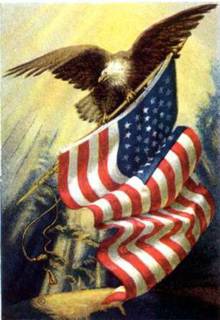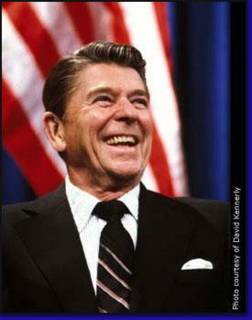To Slow? To Stingy? I THINK NOT!!!
By Samantha L. Quigley
American Forces Press Service
WASHINGTON, – The top U.S. commander in the
Pacific described his
command's response to the Dec. 26 tsunami disaster to
reporters at the Pentagon
today and praised the work of servicemembers involved in
the relief effort.
Navy Adm. Thomas Fargo, head of U.S. Pacific Command, said
PACOM began planning
its relief efforts within 24 hours of the catastrophe. By
Dec. 27, he said,
command officials were communicating with ambassadors and
senior military
leaders in the countries most affected. The goal, the
admiral told reporters,
was to understand how U.S. military resources could be best
used to assist the
countries.
"We see our job as one of assistance," Fargo said. "We are
in support to the
host nation who is responsible for its citizens."
From experience in disaster relief, Fargo said, the command
knew the immediate
needs would be drinking water, shelter, food and medical
support. That
experience, he added, also taught officials the value of
helicopters in the
aftermath of natural disasters that obliterate roads and
scatter debris.
About 45 helicopters are deployed to the region now, with
about that many more
on the way, Fargo said. These will join the mix of those
from the USS Lincoln
and the USS Bonhomme Richard as well as foreign aircraft
supporting the
disaster relief mission.
Joint Task Force 536 -- now designated as a combined
support force – was set up
under the command of Marine Corps Lt. Gen. Rusty Blackman.
From that force,
damage assessment teams were deployed to Indonesia,
Thailand and Sri Lanka.
Those teams provided some immediate relief and reported the
scope of the
devastation, Fargo said.
The admiral added that sending the USNS Mercy, a Navy
hospital ship, is a
serious consideration. The ship is intended to treat trauma
cases, but the
admiral said the relief operation "may be an opportunity to
use the Mercy
creatively."
Fargo praised the efforts of those assisting in relief
operations. "We should
all be proud of our servicemembers as well as the other
government and
(nongovernmental organizations), all of whom are responding
quickly, with great
energy and compassion," Fargo said. "They are putting an
extraordinary
humanitarian face on a particularly large undertaking."
The admiral promised the best possible effort in an
endeavor that will take
time to accomplish. "Over the next days, weeks and months,
we will push forward
to provide aid and comfort, responding with a team of
dedicated countries and
organizations," he said. "And we will continuously improve
our efforts as we go".
American Forces Press Service
WASHINGTON, – The top U.S. commander in the
Pacific described his
command's response to the Dec. 26 tsunami disaster to
reporters at the Pentagon
today and praised the work of servicemembers involved in
the relief effort.
Navy Adm. Thomas Fargo, head of U.S. Pacific Command, said
PACOM began planning
its relief efforts within 24 hours of the catastrophe. By
Dec. 27, he said,
command officials were communicating with ambassadors and
senior military
leaders in the countries most affected. The goal, the
admiral told reporters,
was to understand how U.S. military resources could be best
used to assist the
countries.
"We see our job as one of assistance," Fargo said. "We are
in support to the
host nation who is responsible for its citizens."
From experience in disaster relief, Fargo said, the command
knew the immediate
needs would be drinking water, shelter, food and medical
support. That
experience, he added, also taught officials the value of
helicopters in the
aftermath of natural disasters that obliterate roads and
scatter debris.
About 45 helicopters are deployed to the region now, with
about that many more
on the way, Fargo said. These will join the mix of those
from the USS Lincoln
and the USS Bonhomme Richard as well as foreign aircraft
supporting the
disaster relief mission.
Joint Task Force 536 -- now designated as a combined
support force – was set up
under the command of Marine Corps Lt. Gen. Rusty Blackman.
From that force,
damage assessment teams were deployed to Indonesia,
Thailand and Sri Lanka.
Those teams provided some immediate relief and reported the
scope of the
devastation, Fargo said.
The admiral added that sending the USNS Mercy, a Navy
hospital ship, is a
serious consideration. The ship is intended to treat trauma
cases, but the
admiral said the relief operation "may be an opportunity to
use the Mercy
creatively."
Fargo praised the efforts of those assisting in relief
operations. "We should
all be proud of our servicemembers as well as the other
government and
(nongovernmental organizations), all of whom are responding
quickly, with great
energy and compassion," Fargo said. "They are putting an
extraordinary
humanitarian face on a particularly large undertaking."
The admiral promised the best possible effort in an
endeavor that will take
time to accomplish. "Over the next days, weeks and months,
we will push forward
to provide aid and comfort, responding with a team of
dedicated countries and
organizations," he said. "And we will continuously improve
our efforts as we go".








































0 Comments:
Post a Comment
<< Home